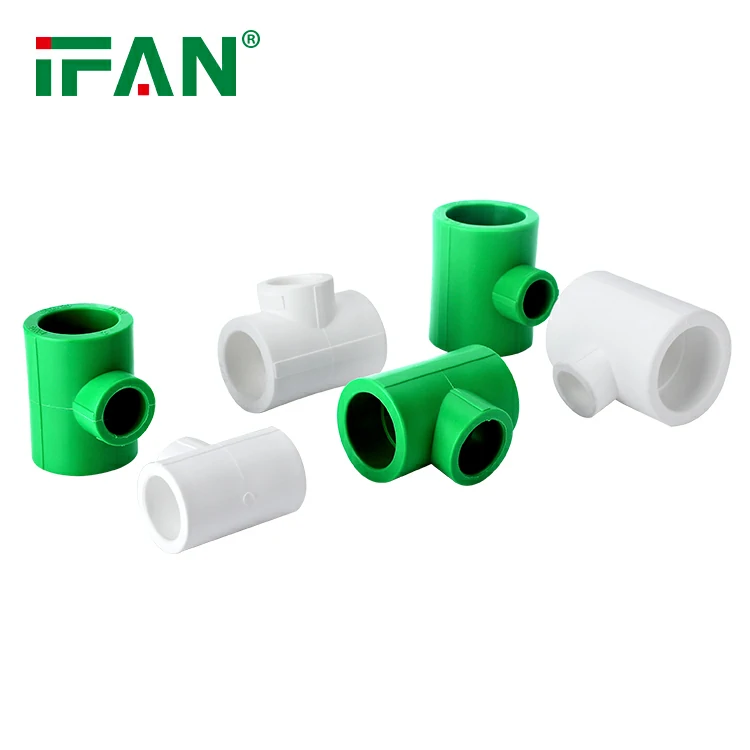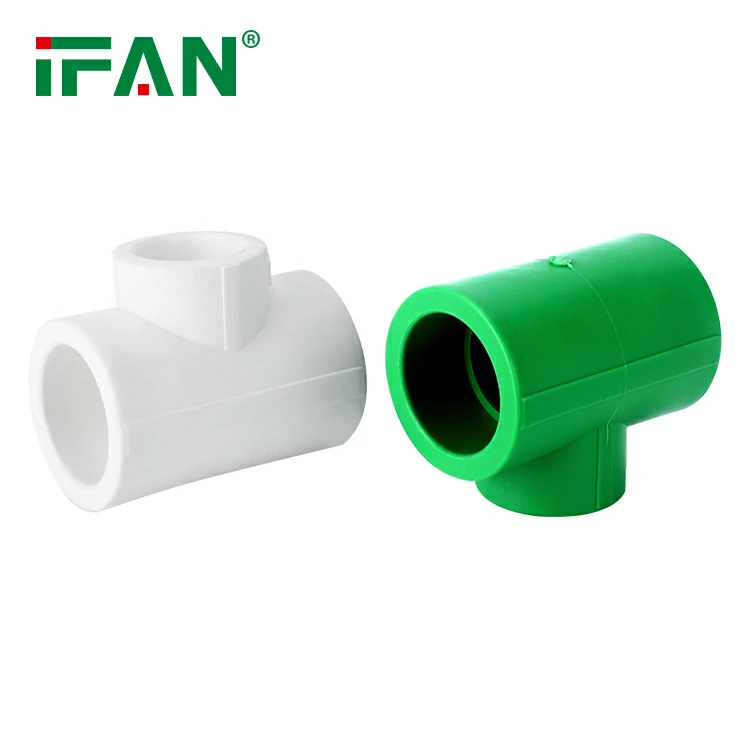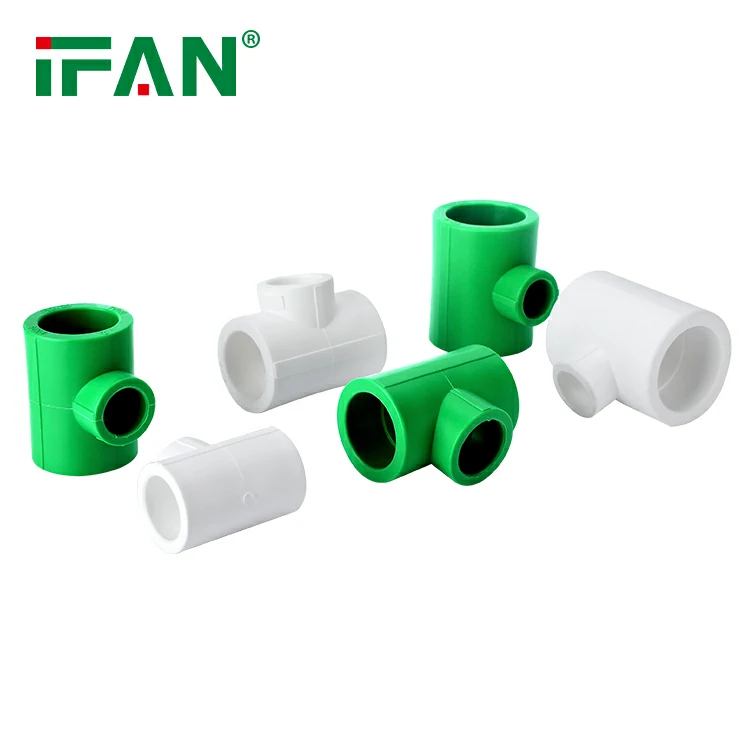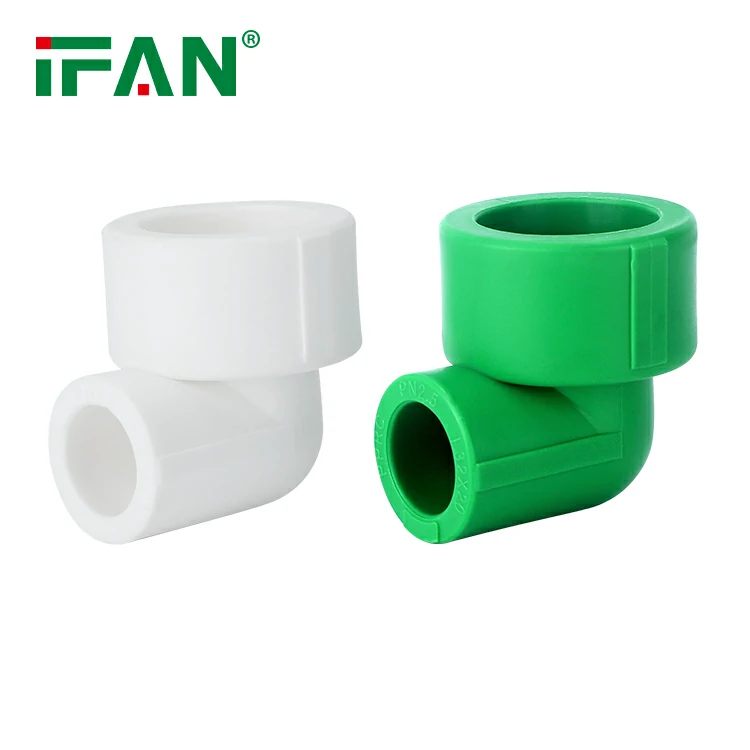Introduction
A recent court decision has sparked industry-wide interest and potential policy reforms in public procurement processes involving piping materials. The ruling ordered the Water and Sewerage Corporation (WSC) to re-evaluate a controversial tender for PPR (Polypropylene Random Copolymer) pipes, citing procedural inconsistencies and concerns about material suitability. While this legal development affects PPR directly, it has also opened up critical conversations about alternative solutions—chief among them, the increasing relevance of PEX (cross-linked polyethylene) pipe in public and private infrastructure projects.
This article explores the implications of the court’s directive, analyzes the technical and strategic aspects of PPR versus PEX pipes, and assesses how the WSC tender dispute could serve as a turning point for broader adoption of modern piping technologies.
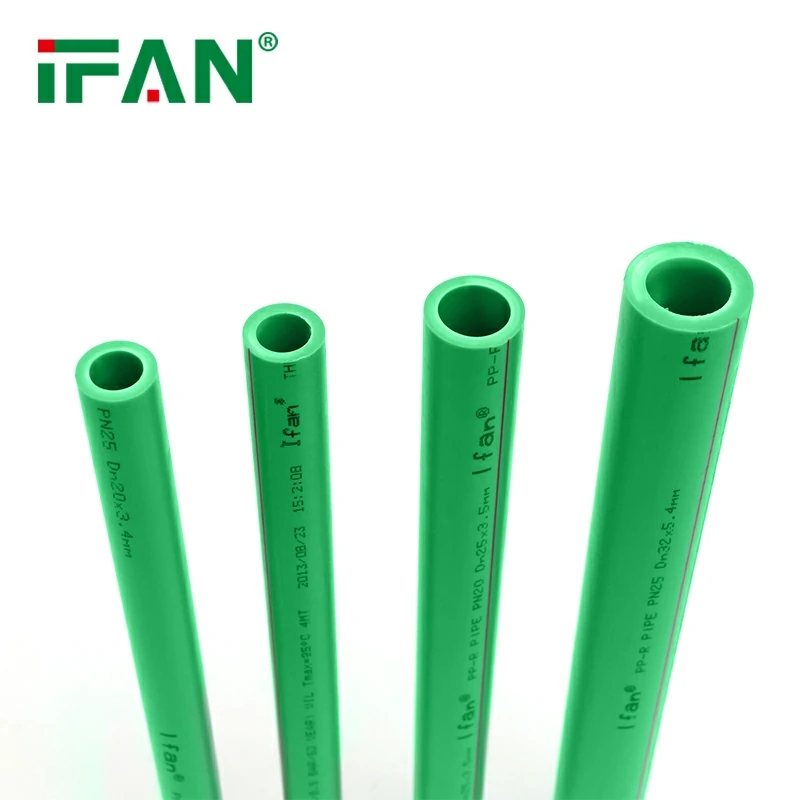
Background: The WSC Tender Dispute
The WSC had released a multi-million-dollar tender for the procurement and installation of piping systems intended for a large-scale water infrastructure project. The tender initially favored PPR piping as the standard material due to its cost-effectiveness, corrosion resistance, and established use in plumbing systems.
However, several participating bidders raised objections, arguing that the specifications were overly narrow and potentially excluded more advanced or suitable alternatives. One company filed a formal legal complaint, citing a lack of transparency, fairness, and the failure to consider newer, more efficient materials—specifically PEX pipe systems.
After reviewing the case, the court ruled in favor of the plaintiff, ordering the re-evaluation of the tender to ensure a level playing field for all viable technologies and vendors.
Why PEX Pipe Entered the Debate
PEX pipe, a flexible and high-performance material, has become a strong contender in piping systems globally. Although not as widely used in older government procurement frameworks, PEX has been gaining ground for its superior performance, ease of installation, and long-term efficiency—qualities increasingly prioritized in modern infrastructure development.
The court’s order to re-evaluate the tender effectively acknowledges that PEX pipe deserves equal consideration, particularly in projects where flexibility, durability, and time efficiency are crucial.
Understanding the Core Differences: PPR vs. PEX
To understand why PEX pipe is gaining traction, it’s essential to compare the two materials across technical, economic, and operational factors.
| Feature | PPR Pipe | PEX Pipe |
|---|---|---|
| Flexibility | Rigid; requires fittings for bends | Highly flexible; bends easily around obstacles |
| Installation Method | Heat fusion welding | Crimp, clamp, or push-fit |
| Installation Time | Longer due to welding process | Much faster with simple tools |
| Resistance to Corrosion | Excellent | Excellent |
| UV Resistance | Poor; needs insulation | Poor; needs insulation |
| Leak Risk | Moderate due to more joints | Low; fewer joints |
| Cost | Lower material cost | Higher material cost but lower labor cost |
| Lifespan | 50+ years | 50+ years |
Technical Superiority of PEX Pipe in Public Infrastructure
1. Faster Installation and Lower Labor Costs
PEX can be installed up to 50% faster than PPR due to its flexibility and no-heat, tool-based connections. This is a significant advantage in public infrastructure projects where timelines and cost efficiency are critical.
2. Fewer Connections, Fewer Leaks
PEX systems require fewer joints, reducing the risk of leakage over time. This makes them ideal for buried and hard-to-reach installations where long-term reliability is vital.
3. Resistance to Scaling in Hard Water
PEX is highly resistant to scale build-up, which is beneficial in regions with hard water—a common issue in many developing areas served by WSC.
4. Thermal and Pressure Stability
PEX maintains stability under high pressure and fluctuating temperatures. Unlike PPR, which can crack under extreme conditions if improperly fused, PEX has thermal memory and better shock absorption.
Legal and Ethical Implications of the Ruling
The court’s decision represents more than a procedural correction; it underscores the importance of open, fair, and technologically progressive tender practices in the public sector.
Key Implications:
- Vendor Inclusivity: The re-evaluation opens the door for suppliers of PEX and other innovative piping materials.
- Technology Neutrality: Government tenders must allow for the consideration of newer materials that meet or exceed performance standards.
- Policy Reform Catalyst: This ruling could influence future infrastructure tenders to prioritize total lifecycle value over just initial material costs.
Industry Reaction: Momentum Toward PEX?
Industry stakeholders have largely welcomed the ruling, particularly those advocating for modernization of public water systems. PEX manufacturers, engineers, and environmental experts have all pointed to the benefits of rethinking old procurement standards.
Leading construction firms and plumbing contractors are now considering hybrid piping systems where PEX is used for internal distribution lines, while PPR or PVC remains for external or high-load applications. This blend can offer the best of both worlds—cost savings and high performance.
The Global Shift Toward PEX in Infrastructure Projects
India, the United States, Germany, and Australia are examples of countries where PEX has already become a standard in both public and private projects. It’s especially popular in:
- Multi-residential developments
- Hospitals and healthcare facilities
- Green building initiatives
- Disaster-resilient construction projects
These applications highlight the global trust in PEX as a reliable, safe, and forward-looking piping solution.
The Path Forward for WSC and Other Public Utilities
The WSC is now under pressure not just to re-evaluate the tender but to align its procurement practices with international standards of material performance and technological advancement. As they do so, incorporating PEX pipe systems into their future projects could improve operational efficiency, sustainability, and long-term cost-effectiveness.
Environmental Considerations
Both PPR and PEX are environmentally friendly alternatives to traditional metal pipes. However, PEX has a smaller carbon footprint during transport due to its lightweight and flexible form. Moreover, its reduced installation waste and longer performance lifespan support green building goals.
Conclusion
The court-mandated re-evaluation of the WSC PPR pipe tender is more than a legal event—it’s a signal that the construction and water infrastructure industry must evolve. As municipalities and agencies revisit their material standards, PEX pipe emerges as a serious contender, offering unmatched flexibility, efficiency, and long-term value.
While PPR remains a valid and proven option, the future of smart water systems may well rest in the hands of materials like PEX, designed to meet the demands of modern infrastructure with intelligence and innovation.
FAQs
1. Why was the WSC PPR pipe tender challenged in court?
The tender was challenged due to alleged procedural unfairness and failure to consider advanced alternatives like PEX pipe.
2. Can PEX pipe replace PPR in all applications?
Not entirely. PEX excels in internal plumbing and flexible layouts, while PPR is still useful for external piping and high-pressure systems.
3. Is PEX pipe approved for public water systems?
Yes. In many countries, PEX is approved and widely used for potable water distribution due to its safety and performance.
4. How does PEX pipe benefit large-scale projects?
PEX reduces installation time, labor cost, and potential leaks, making it ideal for time-sensitive or complex infrastructure projects.
5. What’s the lifespan of PEX pipe compared to PPR?
Both materials offer a lifespan of over 50 years when installed correctly, but PEX’s thermal memory and flexibility often enhance system durability.

